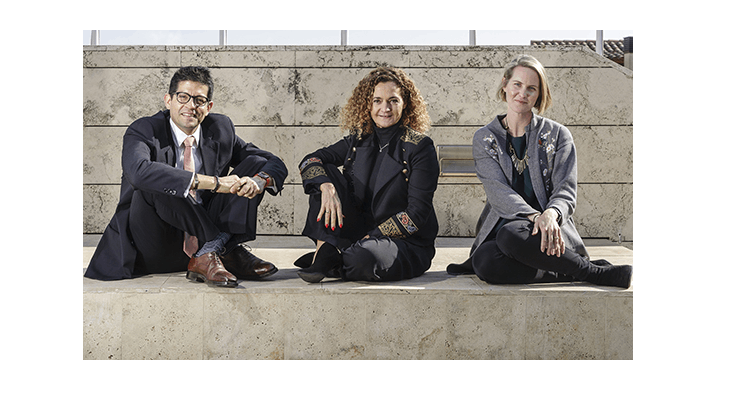
IESE Insight
How Design Can Boost Social Impact and Business Results
Many managers approach problems with an engineering mindset: build it the right way and make sure it works. Designers, on the other hand, approach problems with the question: are we building the right thing in the first place? In this article, Manuel E. Sosa of INSEAD discusses how companies can build a design culture to boost business results while solving complex social challenges.
Consider the everyday toilet, only imagine if it used 90 percent less water, took up less space and was a cinch to clean. What household wouldn't want one? Indeed, with less sewage generated, what city wouldn't want these toilets installed everywhere?
Such a toilet exists. It's called Jets Vacuum, and it has won design awards for its combination of aesthetics, ergonomics and revolutionary vacuum-flush technology. But it was never conceived for households or even land-based markets. It was commissioned by the maritime sector, which had a very specific need for a sanitary system that could be used on ships and offshore platforms where space was tight, water needed to be used efficiently, and the design had to account for swaying movements to prevent splashes.
If this brief landed on your desk, how would you approach the problem? Consult a technician? Bring in an engineer?
Increasingly, companies are turning to designers. That's what Jets Sanitary Systems did when it enlisted the Norwegian design firm EGGS to come up with a better toilet. In opting for a design-led approach, something serendipitous happened. Yes, the toilet worked for all kinds of ships — from freight vessels to cruise ships to yachts — but its universal user-and-environmental-friendliness suddenly opened entirely new markets. Why just sea? Why not land? After all, a big question facing urban planners in developing countries is how to manage limited water resources.
Certainly, organizers of the FIFA World Cup in Brazil were asking themselves this very question in 2014, a year after the new Jets Vacuum toilet came out. Tens of thousands of fans at the 70,000-seat Castelão stadium would be flushing toilets during half-time. Organizers feared the already overloaded infrastructure wouldn't be able to cope, in a country where water was scarce and expensive. Jets stepped in and provided a record number of water-and-space-saving toilets. Jets estimates more than 500,000 liters of water were saved at every match. And less space for toilets meant there was more space available for extra seating, opening up new revenue streams from additional ticket sales.
As the EGGS website proclaims: "Jets Vacuum is an example of how future design thinking can enable a company to expand into unforeseen markets and financially increase turnover."
It's also an example of how design thinking is invaluable not only for developing better products but for tackling complex social challenges in the process. "Good design is good business," IBM's chief executive Thomas Watson Jr. famously declared in 1973. Today, that maxim remains as true as ever, but "good business" is also increasingly about putting human beings front and center, designing products that have a positive social impact, not churning out more products just for the sake of it.
In this article, I will discuss how companies can build a design culture that boosts social impact and business results, providing examples of projects that reflect insight, imagination and iteration — the three key elements that research and experience show are essential for human-centered innovation.


